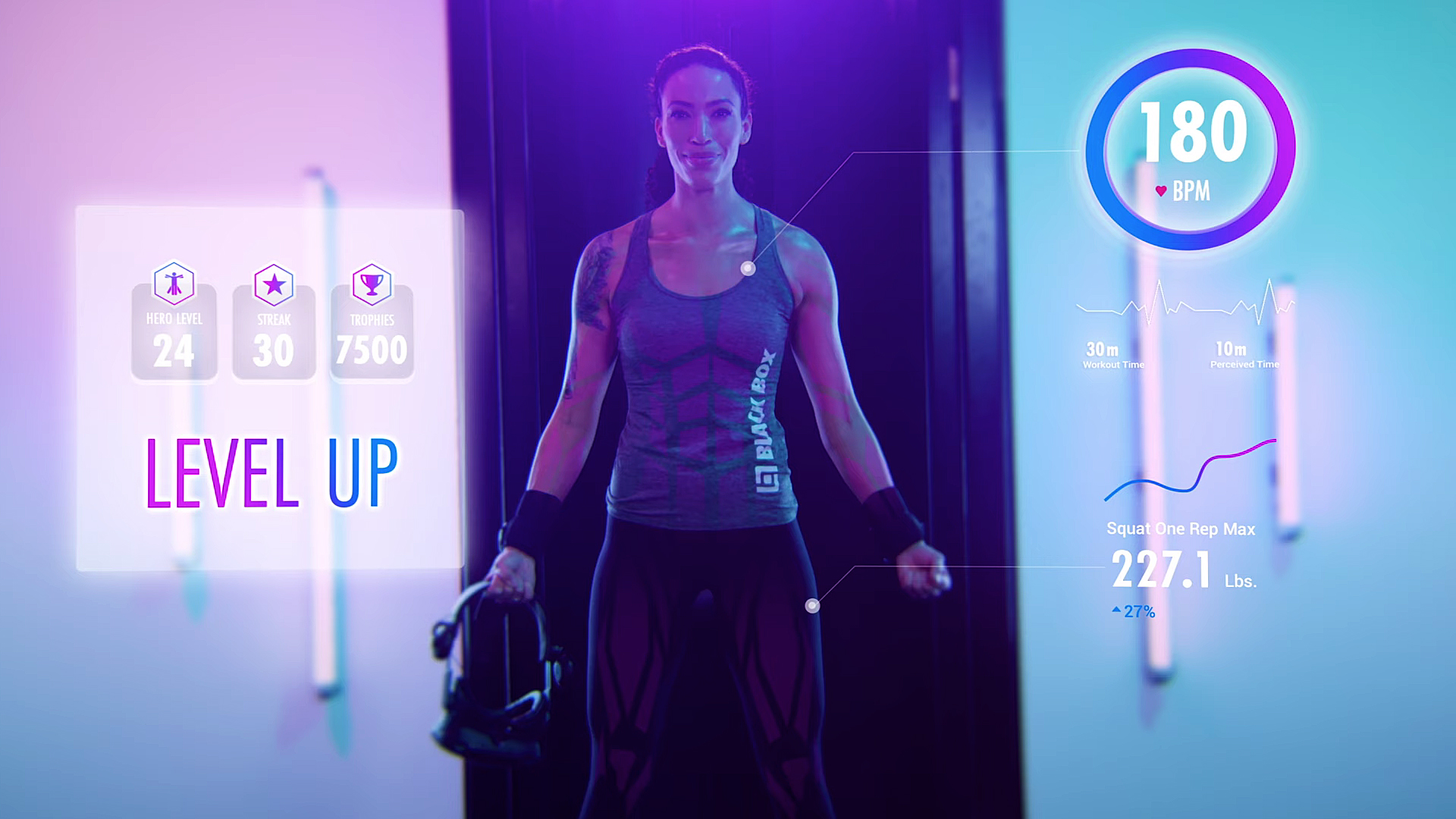
What Spatial Computing Brings to Fitness
Staying active in our 21st century world is a challenge for millions of people. We are more attached to desks and commutes than ever before. And forms of sedentary entertainment are endless. Unless you’re a natural athlete, working physical fitness into your day can seem like an outright chore.
Now that we’re looking at spatial computing technology to solve more of our day-to-day problems, fitness easily falls under the umbrella of issues XR tech can tackle. And although we’ve blogged about fitness before, additions to this category of immersive content make it worth revisiting today.
Wearable Fitness AR
Those of us who spend all day indoors likely relish chances to get some fresh air on a walking trail or even just a neighbourhood park. Augmented Reality apps that track movement, suggest routes, and even allow you to share progress online can be motivating and fun. Game-inspired fitness apps are out there too, allowing you to do everything from hunt for treasure to outrunning monsters.
Physically Fun VR
We all know that an engaging, enjoyable activity is one we’re more likely to come back to again and again. Consequently, the number of immersive workouts and exertion-intensive Virtual Reality experiences is growing constantly as developers try to hit that psychological excitement vs. physical output sweet spot.
Games like Box VR, Knockout League, The Thrill of the Fight, The Fastest Fist, and Soundboxing all offer exactly what their names suggest; a chance to punch and pump your way from stressed out to worked out. While experiences including Beat Saber and Sword Master bring a more elegant (if still a bit violent) physical workout to the table. If you’re sensing an aggressive theme to these fitness experiences, you’re not wrong. But each game has grown in popularity – and in proven results.
Being completely immersed in a virtual space also has the advantage of capturing and holding your attention. If you struggle to maintain focus on completing a workout or continuing a routine over time, immersion could be an effective solution.
And if you don’t own your own gear, savvy gyms have you covered. Tech-friendly health clubs have been quick to adopt VR and AR gear, starting with headsets and including omni-directional treadmills and VR bikes.
We also expect to see more experiences like Black Box VR and Holodia’s Holofit. Rather than adding yet one more amped up fighting game to the fitness line-up, these developers are specializing in immersive workouts that pair their content with haptic gear or exercise equipment respectively.
Data, Data, Data
Whatever combination of spatial computing hardware and software works for you along your path to active living, including a data-rich product can be an essential component of your success.
XR fitness can help you keep stats ranging from how much distance your feet have covered to how much longer you need to keep your heart rate up. A VR workout that concludes with a report on your performance places your hard work front and centre.
Devices as simple as a Fitbit or apps like Samsung Health can reward you with impressive updates about your physical achievements. And just knowing what your body accomplished in a given day – or exactly how far you still need to go – can make the difference between pushing through and giving up.
Stambol disruptors can help you visualize anything from a fresh, contemporary fitness room to an immersive workout on Titan. Ask us to show you what we’re working on today and how we can enhance your business tomorrow.
Feature Image Credit: Black Box VR


